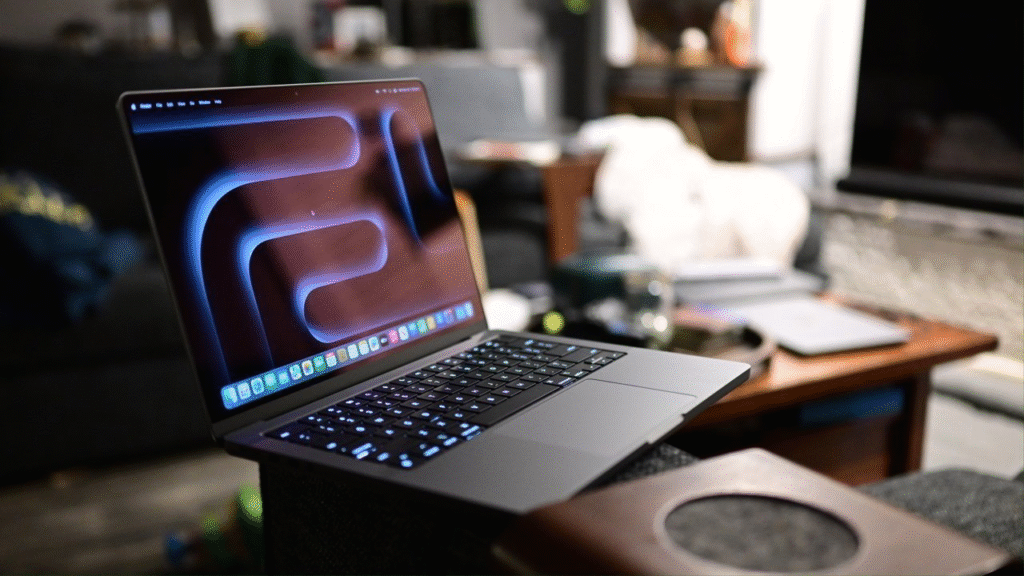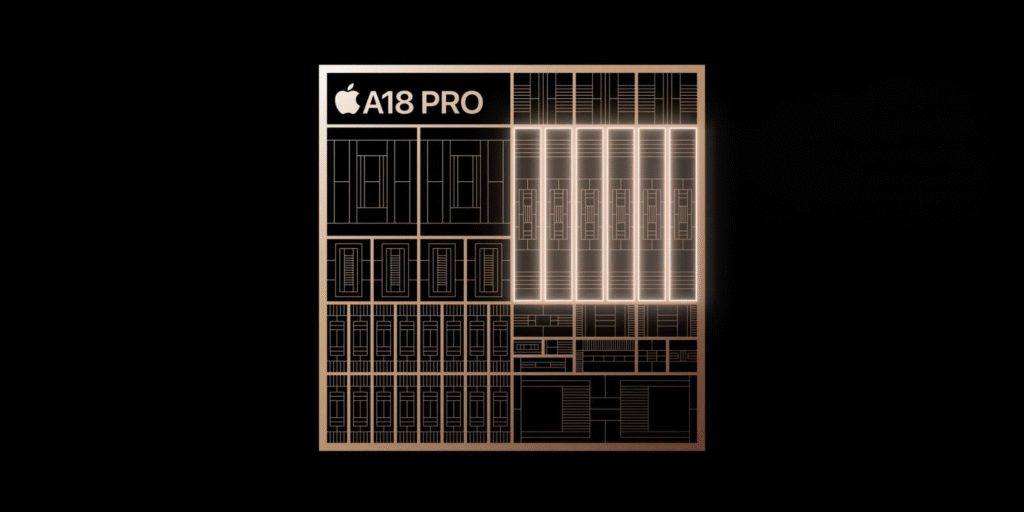Apple may be closer than ever to releasing a MacBook powered by its iPhone‑grade A18 Pro chip. Code strings discovered in macOS 15.1 back in July 2024 included an unused model identifier, Mac17,1, that analyst Ming‑Chi Kuo now believes corresponds to this new device.
Discovery in macOS Code
Security researcher Aaron Perris first uncovered references to “Mac17,1” in macOS 15.1 code repositories last summer. At the time the entry drew little attention. It sat among identifiers for existing iPhone, iPad, and Mac models, suggesting Apple was preparing to support a new device. Nearly a year later Ming‑Chi Kuo connected the dots, revealing that this same Mac17,1 label likely denotes a MacBook powered by the A18 Pro chip.

Analyst Insight from Ming‑Chi Kuo
On June 30, 2025, Kuo published a detailed roadmap for Apple’s mixed‑reality and smart‑device lineup. He confirmed two Vision Pro headsets for 2025 and 2028 alongside “Ray‑Ban‑style” smart glasses by 2028. Crucially, he disclosed that mass production of the A18 Pro MacBook should begin in the third quarter of 2025, with a launch before year’s end.
Kuo anticipates Apple will sell between 5 and 7 million of A series MacBooks in 2026, which means it is probably planning to sell them at a reduced price. Remarking more, he also added that the device will come with display of 13 inches and multiple colors including silver, blue, pink and yellow which also indicates that Apple is targeting students and low end customers.
Why an A‑Series MacBook Matters
Moving to an A‑series chip promises dramatic battery life improvements. The A18 Pro’s energy efficiency on iPhones allows full‑day use on a single charge. Translated to a MacBook form factor, users could enjoy longer unplugged sessions whether for study, creative work, or travel. It also decreases the thermal output allowing a thinner chassis without active cooling.
Besides, production costs are reduced by utilizing an existing design of a chip. Apple already produces A series chips in large quantities on iPhones. Porting the A18 Pro to MacBook would enable Apple to introduce a novel segment of laptops at a more affordable price point than the company did with its M series.
Potential Trade‑Offs and Performance
Although the A18 Pro delivers excellent efficiency, it does not match the raw performance of M‑series chips. Users of this model may see slower computing‑intensive tasks such as video editing or large‑scale software development. Nevertheless, the A18 Pro MacBook would have more than sufficient speed in everyday apps, internet usage and video playing.
Apple can solve this problem by optimizing macOS to run A series hardware as it did on iPadOS. ARM based silicon specific software might cover part of these performance deficits and still provide smooth user experience.
What Comes Next for Apple’s Laptop Line
Should this A18 Pro MacBook arrive on schedule, Apple’s laptop range will span from entry‑level A‑series models to its high‑end M‑series Pros and Max. This tiered approach mirrors its iPhone strategy and offers clearer choices:
- A‑Series MacBook: Affordable, all‑day battery, colorful options.
- M‑Series MacBook Air: Balance of performance and efficiency.
- M‑Series MacBook Pro: Highest performance for professionals.

This variety allows Apple to compete more directly with the Windows OEMs across price points as well as strengthen its silicon leadership. Apple does not speak about non-announced products. The information is subject to change until an invitation or press release coming out of Apple. Put together, however, the code clues and estimations by the analysts’ point at a strong likelihood of an A18 Pro MacBook being released in the years preceding 2026.





